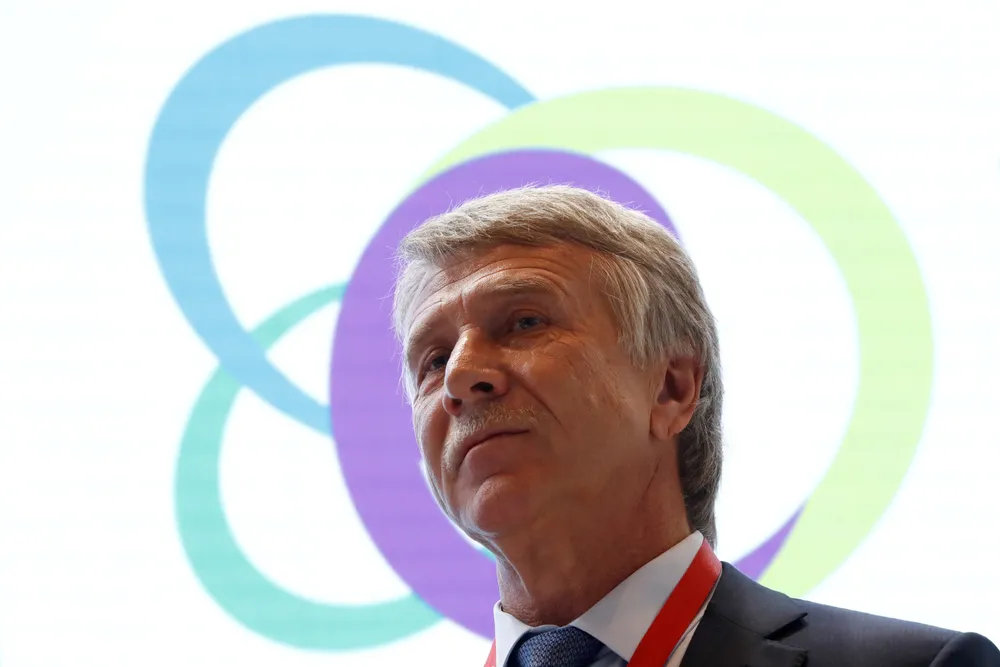Novatek to drop Yamal blue ammonia project in favour of LNG
Russian gas producer plans to revert to LNG as preferred option for Obsky Gas Chemistry Complex

Russian gas producer plans to revert to LNG as preferred option for Obsky Gas Chemistry Complex
